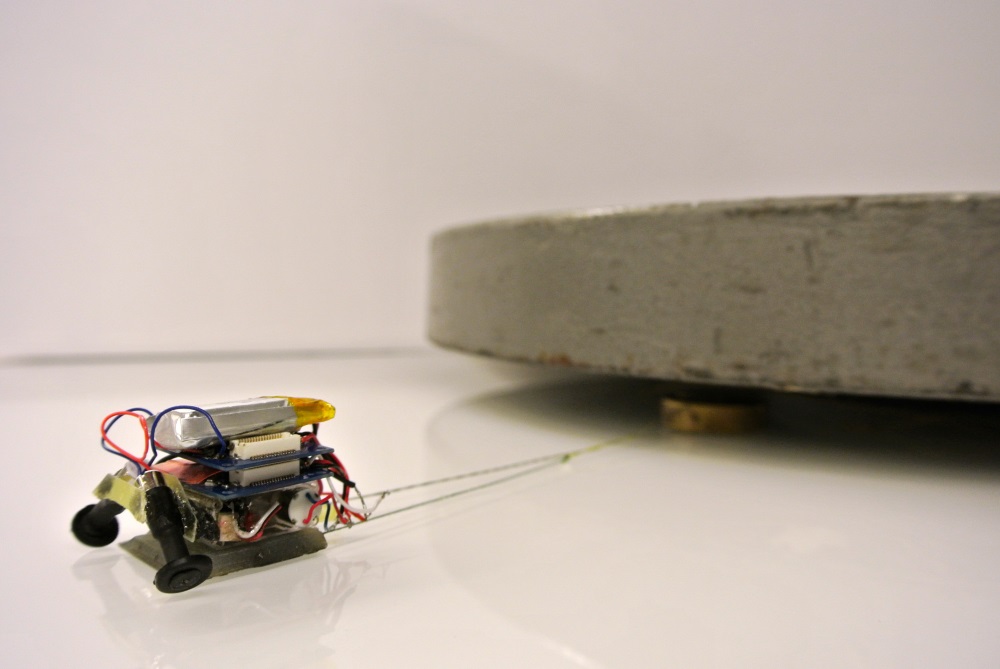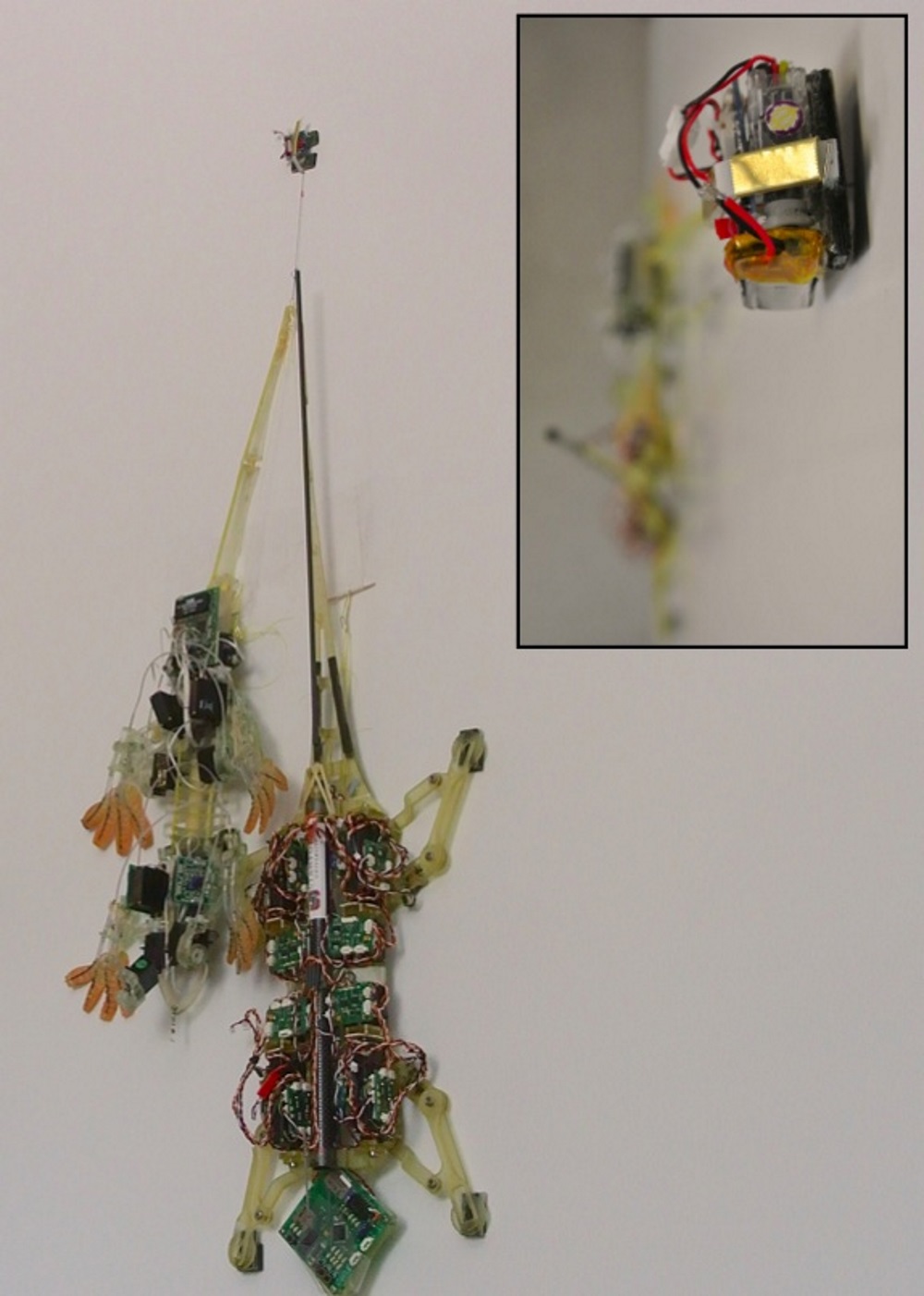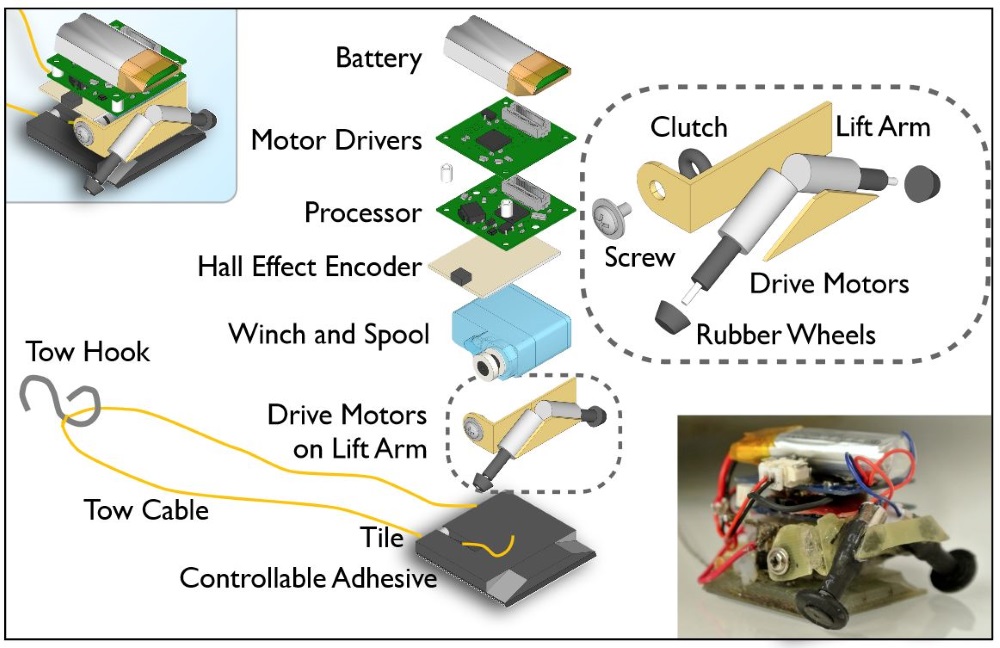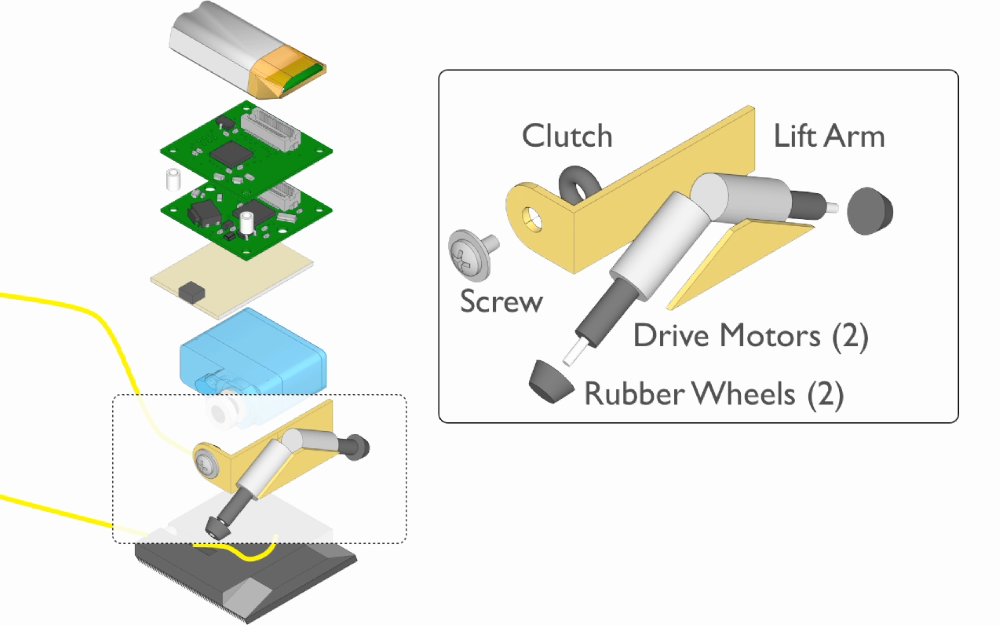A new group of robot, referred to as “MicroTugs”, is strong enough to carry up to 2,000 times their own weight.
Roughly speaking, that’s the equivalent of a human dragging a blue whale.

One bot weighs 9g and can carry over 1kg vertically up glass. Again, putting this into perspective, that would be like a human climbing the side of a building while carrying an elephant.

Another MicroTug weighs just 20mg and is so small it had to be built under a microscope using tweezers. Despite its size, it’s able to carry 500mg.
Stanford University PhD students David Christensen and Elliot Hawkes, both of whom led the team of researchers which developed MicroTugs, said the inspiration for the design of their technology was taken from techniques used by geckos and ants.
You see, the main reason why these bots are able to carry so much weight has to do with their sticky feet. They were designed to mimic the feet of geckos, and are covered with tiny rubber spikes that bend and stick to the surface. When the bot picks its foot back up, the spikes detach and straighten out again, with little to no wear / stress to the adhesion area.
The rest of the technology that operates the MicroTug is pretty straightforward.


In terms of the immediate future, the MicroTug robots will be on show at the International Conference on Robotics and Automation in Seattle next month.
To learn more about MicroTugs, check out the site Christensen and Hawkes set up which details the development of this technology.
Advertisement
Learn more about Electronic Products Magazine





